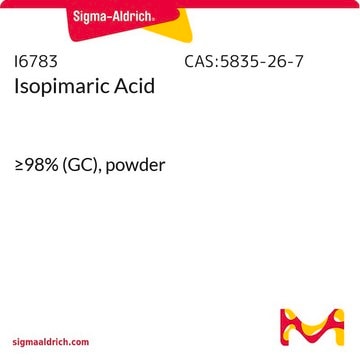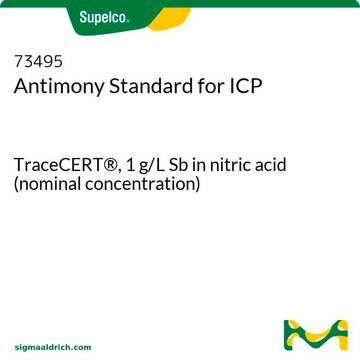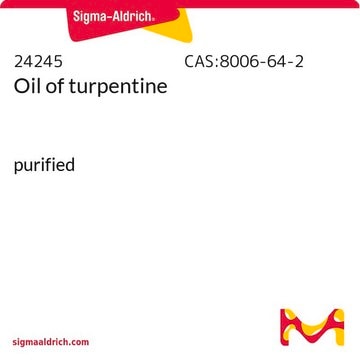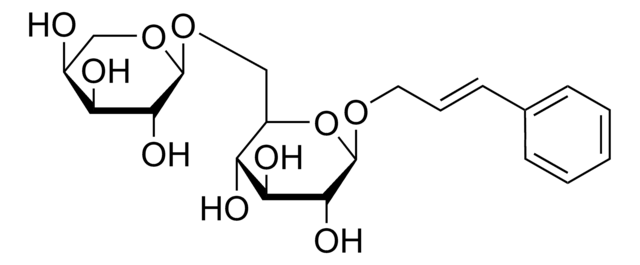60895
Gum rosin
natural resin
Synonym(s):
Colophony, Rosin, gum
About This Item
Recommended Products
form
solid
acid value
150‑170
solubility
chloroform: 0.1 g/mL, clear, slightly yellow to deep yellow
InChI
1S/C20H30O2/c1-13(2)14-6-8-16-15(12-14)7-9-17-19(16,3)10-5-11-20(17,4)18(21)22/h7,12-13,16-17H,5-6,8-11H2,1-4H3,(H,21,22)/t16-,17+,19+,20+/m0/s1
InChI key
RSWGJHLUYNHPMX-ONCXSQPRSA-N
Looking for similar products? Visit Product Comparison Guide
General description
Application
- for the preparation of testosome patches
- to study its influence on the physical stability of concentrated oil in water emulsions
- for the preparation of rosin nanoparticles containing hydrocortisone (HC)
Analysis Note
related product
Signal Word
Warning
Hazard Statements
Precautionary Statements
Hazard Classifications
Skin Sens. 1
Storage Class Code
11 - Combustible Solids
WGK
WGK 1
Flash Point(F)
370.4 °F - closed cup
Flash Point(C)
188 °C - closed cup
Personal Protective Equipment
Certificates of Analysis (COA)
Search for Certificates of Analysis (COA) by entering the products Lot/Batch Number. Lot and Batch Numbers can be found on a product’s label following the words ‘Lot’ or ‘Batch’.
Already Own This Product?
Find documentation for the products that you have recently purchased in the Document Library.
Customers Also Viewed
Our team of scientists has experience in all areas of research including Life Science, Material Science, Chemical Synthesis, Chromatography, Analytical and many others.
Contact Technical Service











